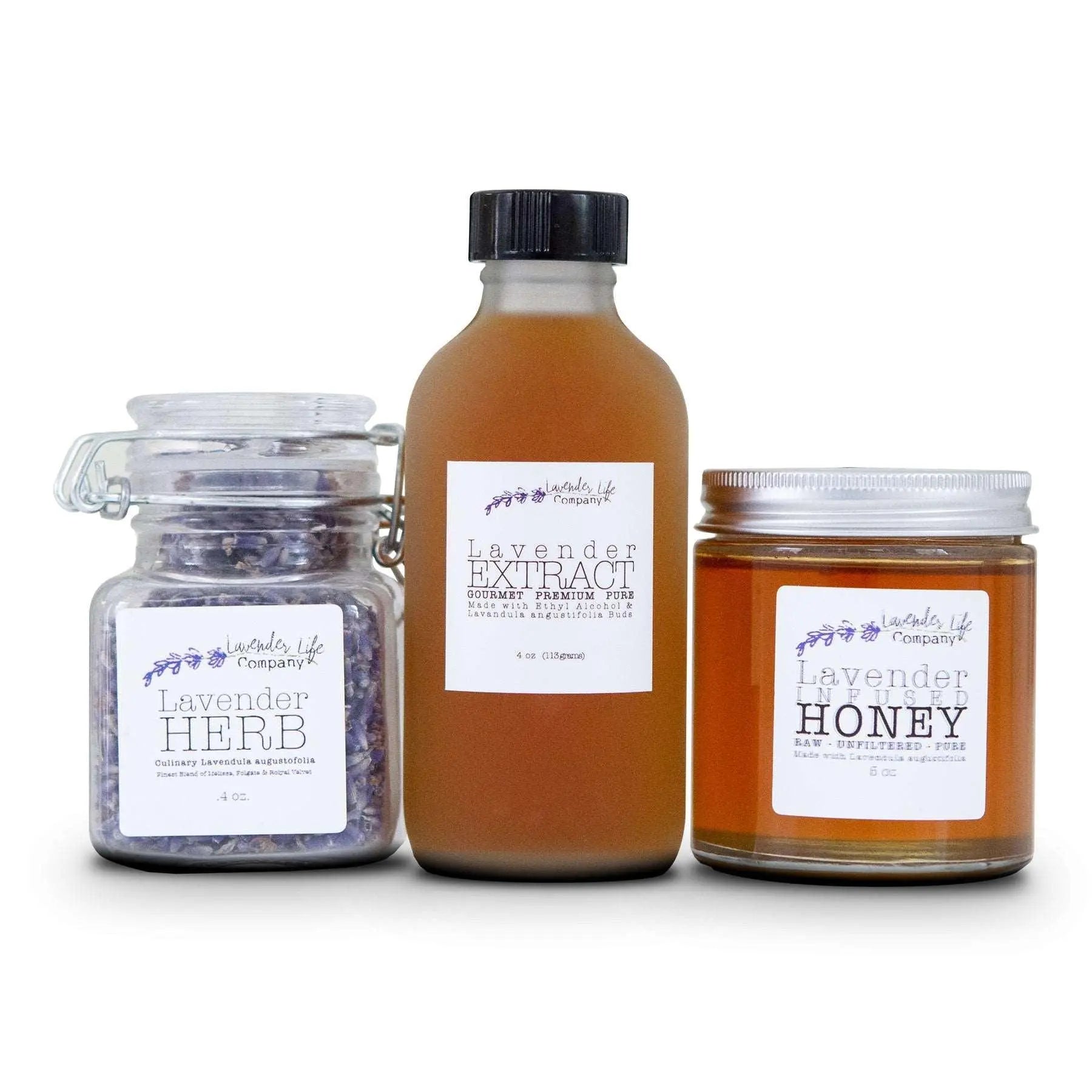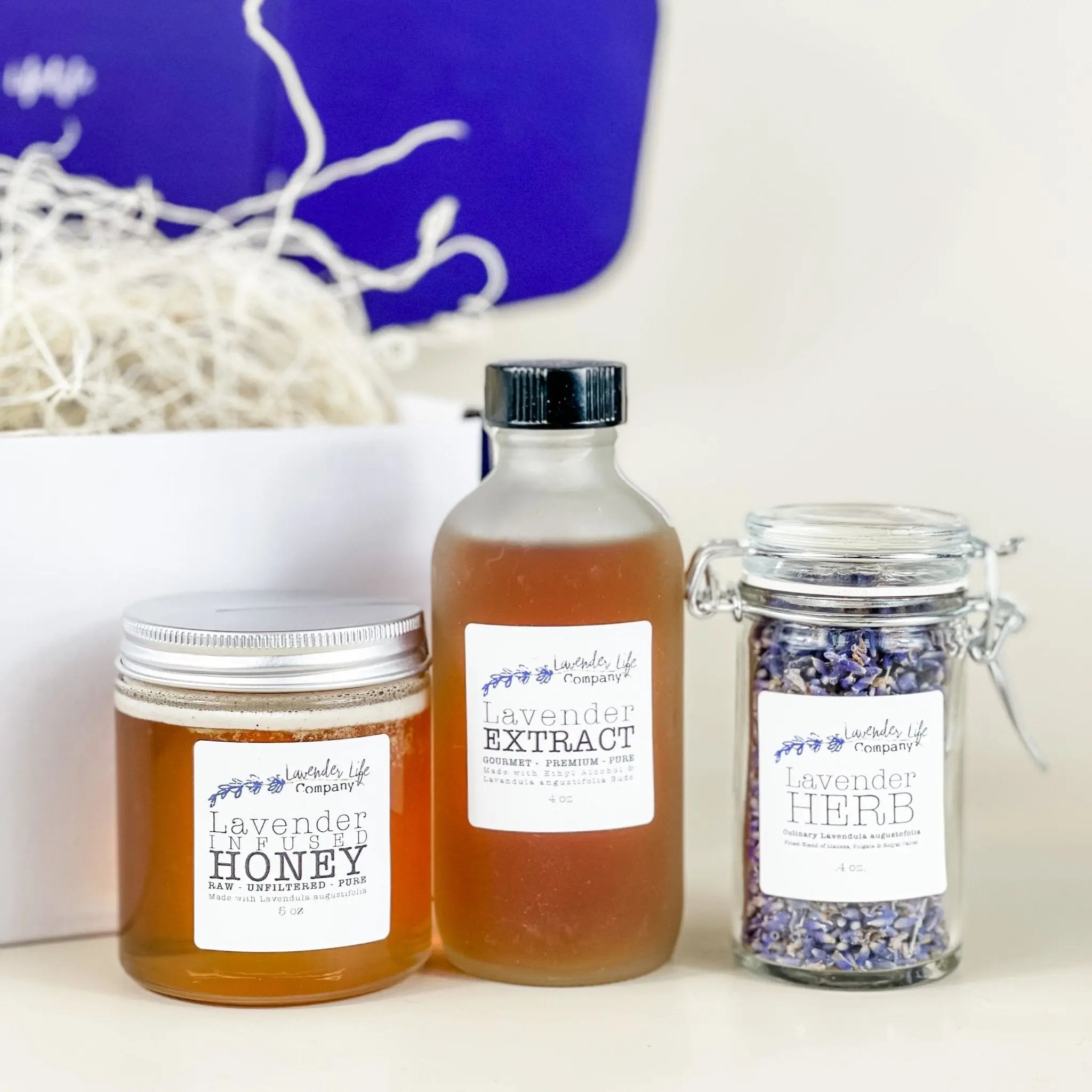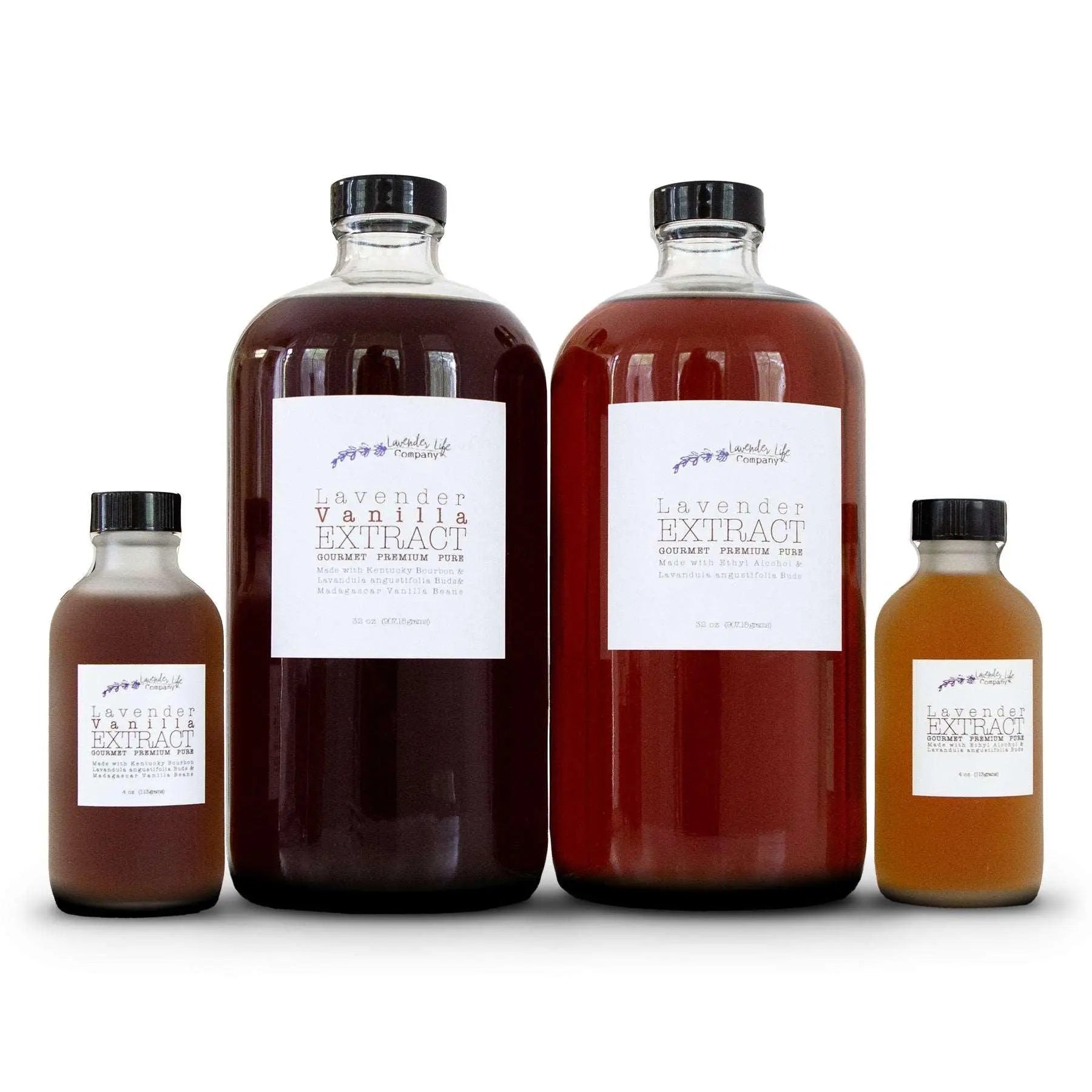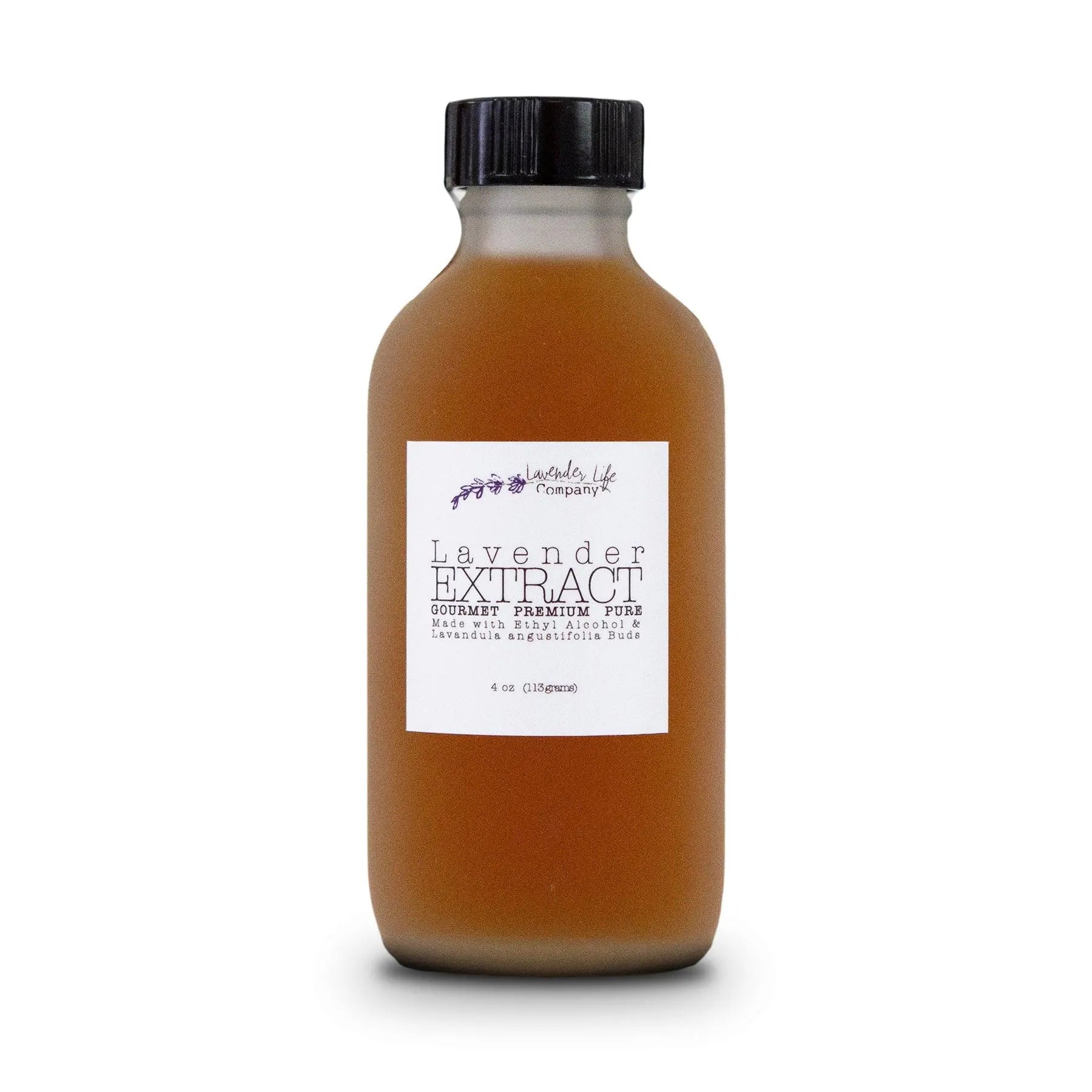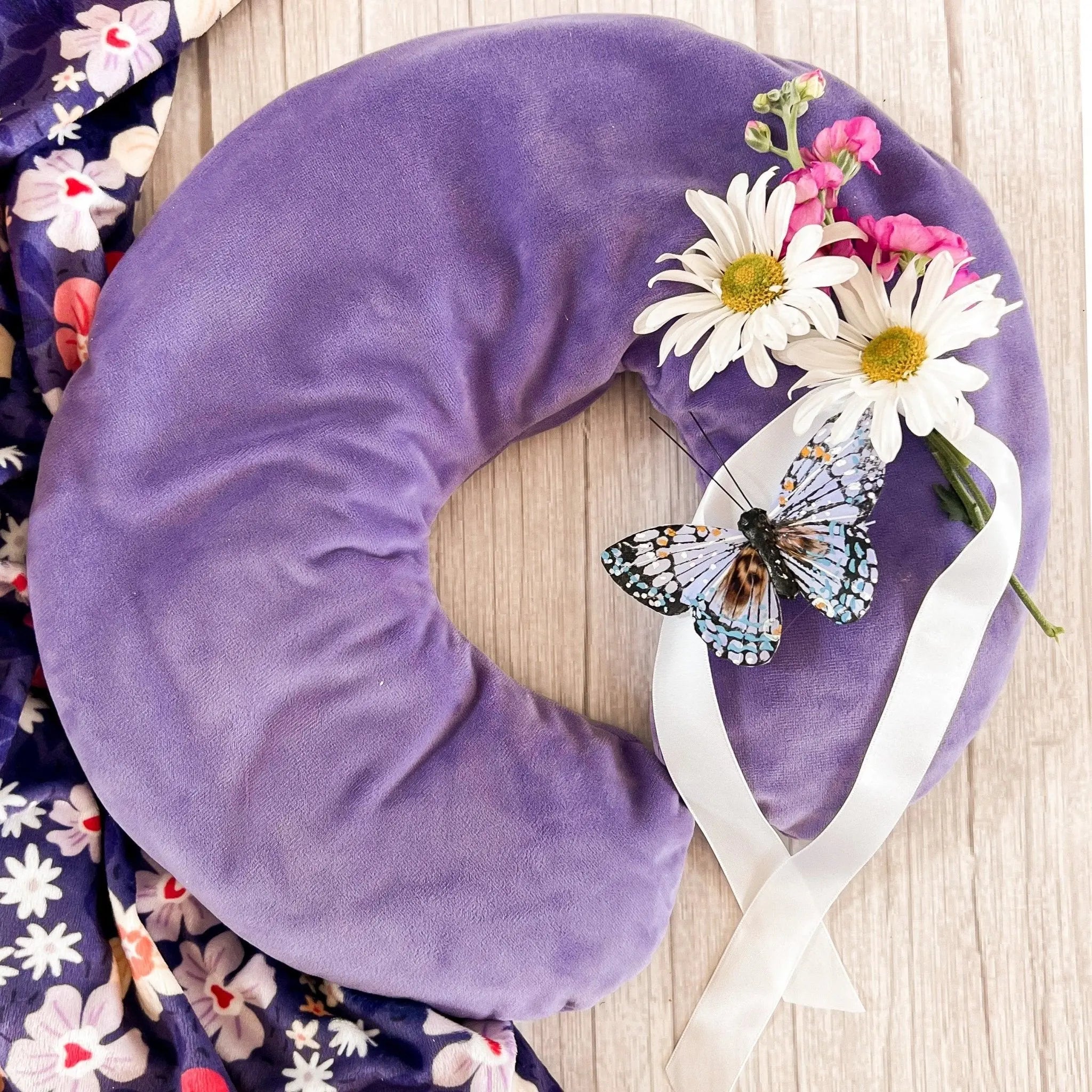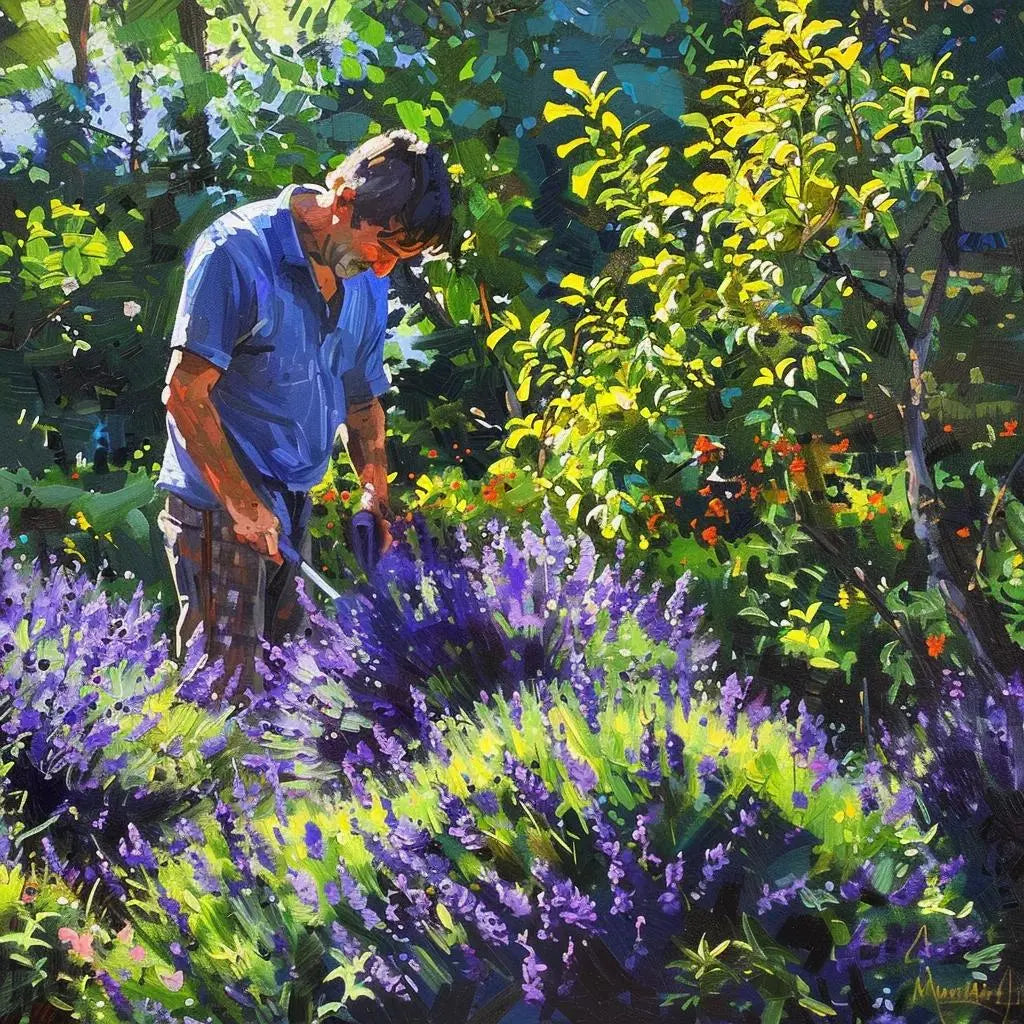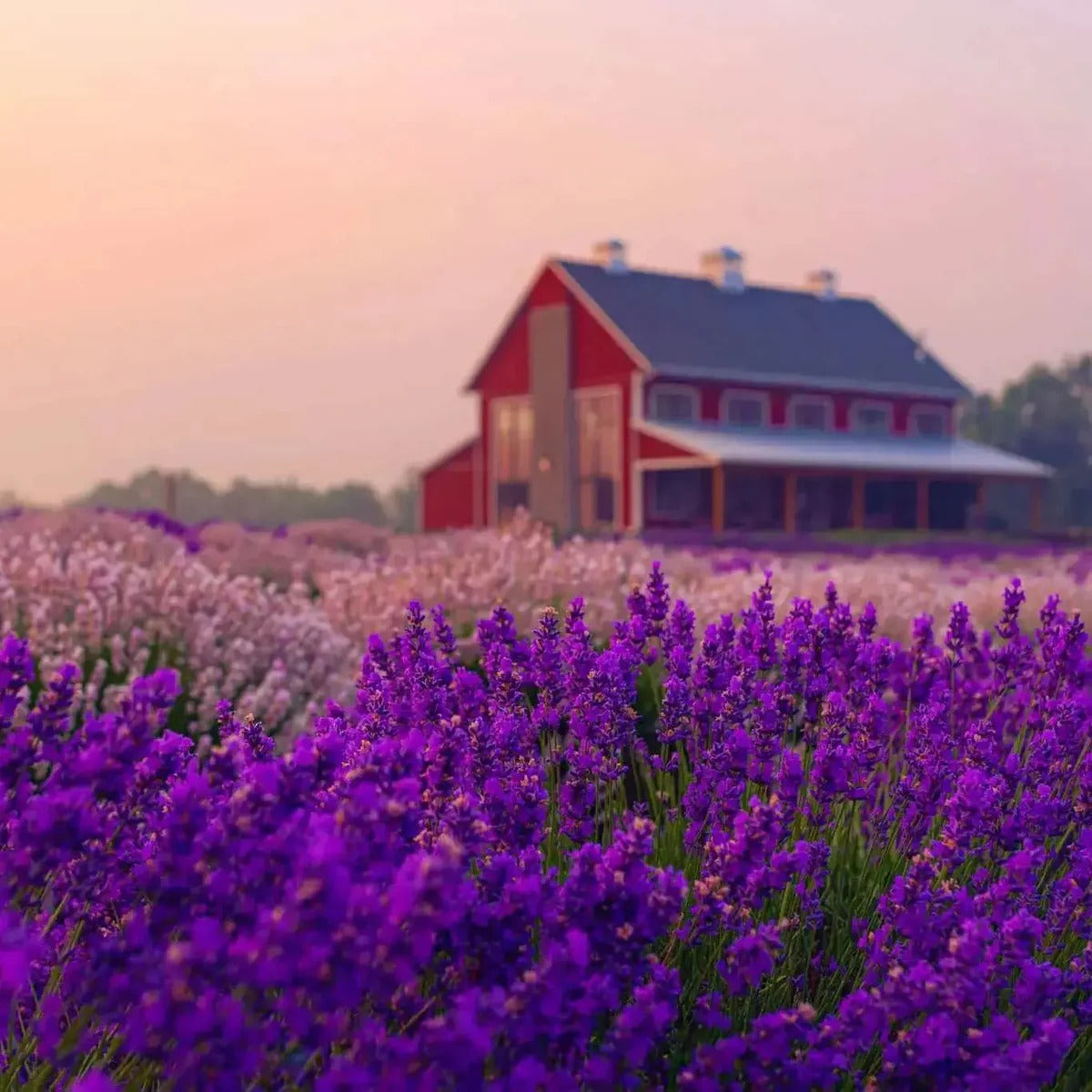To prune lavender at the right moment is essential for maintaining vigorous new shoots, abundant blooms, and long-term plant health. By understanding the seasonal windows for pruning lavender, you’ll avoid woody, leggy growth and encourage vibrant flowering year after year. This guide maps out optimal timing (spring, summer, fall, and frost considerations), step-by-step techniques for young and established plants, variety-specific adjustments, common mistakes to avoid, a seasonal pruning calendar, and post-pruning care. Whether you want to cut back lavender after bloom or master the care of lavender through precise trimming, these expert insights will ensure your lavender thrives.
What Is the Best Time to Prune Lavender for Optimal Growth?
Optimal pruning time refers to seasonal windows that align with lavender’s growth cycle, balancing energy allocation between flowering and woody stem development to enhance new growth. Pruning too early or too late can reduce next season’s blooms, while well-timed cuts stimulate fresh shoots and improved air circulation. For example, trimming English lavender six weeks before the first frost yields denser foliage and a stronger bloom return in spring.
Optimal Pruning Time for Lavender
Pruning lavender at the correct time is essential for promoting new growth and abundant blooms. Timing pruning to align with the plant's growth cycle helps to balance energy allocation between flowering and stem development, which enhances new growth and flowering potential.
Jones, A., "The Complete Guide to Pruning Shrubs" (2022)
This research supports the article's emphasis on the importance of seasonal pruning for optimal lavender health.
When Should You Prune Lavender in Spring, Summer, and Fall?
Different seasons require specific pruning actions to synchronize with lavender’s growth phases:
- Spring (late March–April): Remove winter-damaged tips once new green shoots appear, shaping plants before bud formation.
- Summer (mid-July–early August): Cut back spent flower stems immediately after bloom, trimming no more than one-third of new growth.
- Fall (early September): Lightly shape and remove dead wood six weeks before first frost, avoiding deep cuts into woody stems.
Seasonal timing ensures each pruning session supports the plant’s natural cycle and maximizes flowering potential.
How Do Climate Zones and Frost Dates Affect Lavender Pruning?
Local hardiness zones and frost schedules dictate pruning windows to protect tender growth and prevent cold damage.
| Entity | Attribute | Value |
|---|---|---|
| Zone 4–5 | Last Spring Frost | Mid-May; prune after mid-May new shoots appear |
| Zone 6–7 | First Fall Frost | Mid-October; finalize shaping by late September |
| Zone 8–9 | Winter Mildness | Light pruning in January avoids frost injury |
Adjust your schedule by consulting regional frost data so that each pruning aligns with safe growing temperatures and avoids cutting back into wood before dormancy.
Can Lavender Be Pruned in Winter or After Frost?
No, pruning lavender in winter or immediately after a severe frost risks exposing brittle stems that cannot regenerate. Wait until new growth emerges in early spring to remove winter die-back. If frost has damaged tips, trim those only once temperatures consistently stay above 40 °F, allowing the plant to recover before major shaping.
How Do You Prune Lavender Correctly to Encourage Healthy Regrowth?

Pruning lavender correctly involves cutting into fresh green growth above the woody base to stimulate new shoots and maintain a compact, bushy form. Proper technique prevents die-back and supports abundant blooms in the next flowering cycle.
What Are the Step-by-Step Techniques for Pruning Young Lavender Plants?
- Cut individual stems back by about one-third of their length to encourage branching.
- Snip flower buds before they open to divert energy into root and stem development.
- Remove any dead or crossed stems to improve airflow and reduce disease risk.
Pruning Techniques for Young Lavender Plants
Young lavender plants benefit from gentle shaping to establish a strong framework. Cutting individual stems back by about one-third of their length encourages branching, while removing dead or crossed stems improves airflow and reduces disease risk.
Smith, B., "Growing and Caring for Lavender" (2023)
This citation provides specific techniques for pruning young lavender plants, which aligns with the article's guidance on pruning methods.
How Should Established Lavender Be Cut Back for Best Bloom Production?
- Trim faded flower spikes to the nearest pair of green leaves.
- Shape the plant into a neat mound by cutting back one-third of the current season’s growth.
- Avoid cutting into old wood without green growth, as regeneration is unlikely from those stems.
How Can You Rejuvenate Overgrown or Woody Lavender Plants?
Rejuvenation involves a cautious multi-year approach:
- In the first year, remove up to one-third of the oldest, woodiest stems to encourage new basal shoots.
- In the second year, gradually reduce more woody interior branches, allowing fresh growth to dominate.
- Support recovery with balanced watering and occasional light feeding to promote vigor.
Gradual renewal prevents shock and helps restore a bloomy, manageable structure without risking plant death.
What Are the Essential Tools for Pruning Lavender and How Should They Be Used?
Effective pruning depends on sharp, clean tools that deliver precise cuts:
- Bypass Pruning Shears: Provide clean cuts on individual stems up to ¾ in. thick.
- Hedge Shears: Shape larger plants and maintain uniform mounds.
- Pruning Saw: Remove very woody, thick branches during rejuvenation.
Always sanitize blades with rubbing alcohol before use to prevent disease spread and sharpen tools regularly to ensure smooth cuts. Well-maintained tools enhance pruning accuracy, reduce plant stress, and support healthy regrowth.
Why Is Pruning Lavender Important for Plant Health and Longevity?
What Are the Benefits of Regular Lavender Pruning?
A consistent pruning routine delivers multiple advantages:
- Improved bloom production through stimulation of new flowering wood
- Enhanced air circulation, reducing fungal disease risk
- Longer plant lifespan by preventing stem splitting and decay
- Compact shaping for attractive garden aesthetics
Benefits of Regular Lavender Pruning
Regular pruning offers multiple advantages, including improved bloom production, enhanced air circulation, a longer plant lifespan, and a more compact shape. These outcomes reinforce the importance of timely and correct trimming for both appearance and vitality.
"The Royal Horticultural Society," Pruning Lavender (2024)
This source reinforces the article's claims about the benefits of regular lavender pruning.
What Happens If You Don’t Prune Lavender?
Neglecting lavender pruning leads to: Over time, the center becomes woody and leafless, reducing photosynthesis and flower yield. The plant may split or die due to internal stress, shortening its overall lifespan and diminishing fragrance. Without intervention, a once-lush lavender bed can become sparse, unkempt, and far less appealing.
How Does Pruning Lavender Differ by Variety?
When and How to Prune English Lavender (Lavandula angustifolia)
English lavender tolerates harder pruning and benefits from a clean, dome-shaped form:
- Spring: Remove winter tip damage once green shoots appear.
- Summer: Cut back spent flower stems immediately after bloom, trimming to just above new foliage.
- Fall: Lightly shape and clear dead wood six weeks before frost.
This schedule maximizes flower density and maintains a tidy plant silhouette.
What Are the Pruning Tips for French and Spanish Lavender Varieties?
French (Lavandula stoechas) and Spanish types bloom on new and old wood, so pruning is gentler:
- Trim flower heads after each bloom cycle, avoiding deep cuts into woody stems.
- Minimal shaping in early spring to encourage natural branching.
- Light summer shearing to maintain form but preserve existing flower nodes.
This conservative approach prevents cutting off future blooms and respects their unique growth pattern.
How to Adjust Pruning for Less Common Lavender Types
Less common blends like Lavandula x intermedia and ornamental hybrids may need nuanced handling:
- Identify whether they bloom on current or previous year’s wood.
- Apply pruning similar to either English or French methods accordingly.
- When in doubt, favor light maintenance cuts to preserve potential flowering nodes.
Tailoring your technique to each variety ensures optimal health and consistent blooms.
What Common Mistakes Should You Avoid When Pruning Lavender?
Why Should You Avoid Cutting Into Old Woody Stems?
Old wood lacks the meristematic tissue necessary for new shoots, so pruning into it leaves bare patches that won’t regenerate. Always locate fresh green growth and trim just above the first set of healthy leaves to ensure regrowth.
How Does Pruning Too Late in the Season Affect Lavender?
Pruning lavender too late—especially after fall’s first frost—shocks the plant and compromises winter hardiness. Late cuts remove insulating foliage, exposing stems to freeze-thaw damage that can disrupt spring recovery.
What Are the Consequences of Using Dull or Unsanitized Tools?
Dull blades crush stems instead of making clean cuts, creating entry points for pathogens. Unsanitized tools transfer bacteria and fungi between plants, increasing disease risk. Proper maintenance of pruning shears is as critical as the cutting technique itself.
How Can You Use a Seasonal Lavender Pruning Calendar to Plan Care?
What Are the Key Pruning Milestones for Each Season?
Below is a seasonal pruning checklist to optimize your care routine:
| Entity | Attribute | Value |
|---|---|---|
| Spring | Initial Shaping | Trim winter damage once new shoots reach 1–2 inches |
| Summer | Post-Bloom Cut | Remove flower spikes immediately after petals drop |
| Fall | Light Maintenance | Final shaping six weeks before average first frost date |
How to Align Pruning with Your Local Climate and Frost Dates?
Consult your regional frost charts to adjust the calendar dates accordingly. In colder zones, delay spring shaping until danger of hard frost passes and advance your fall maintenance cut to allow sufficient healing time before winter dormancy.
Can an Interactive Pruning Schedule Help Improve Lavender Care?
An interactive calendar tool that prompts you with reminders based on variety and zone can boost pruning consistency. By syncing alerts to your smartphone or email, you reduce the risk of missed windows and enhance overall plant performance.
What Are the Best Practices for Maintaining Lavender After Pruning?
How to Support New Growth and Flowering After Pruning?
After cutting, ensure lavender has:
- Adequate sun exposure—full sun strengthens new shoots.
- Light, well-drained soil to prevent root rot and encourage root spread.
- Balanced watering—deep, infrequent irrigation to foster drought tolerance.
These conditions nurture resilient, well-branched plants ready for prolific blooms.
When Should You Fertilize or Water Lavender Post-Pruning?
Fertilize sparingly with a low-nitrogen, phosphate-rich formula once new growth appears to support root and bloom development. Water deeply but infrequently—allowing the top inch of soil to dry out—to reinforce lavender’s natural drought resistance.
How to Monitor Lavender Health to Prevent Woody Stem Development?
Regularly inspect the base for new shoots and prune out any emerging woody stems. A seasonal walk-through to remove deadwood and check for compact growth helps maintain the balance between soft new foliage and aging branches.
Lavender plants that receive timely, precise pruning and attentive follow-up care will reward you with abundant fragrance, healthier structure, and years of garden beauty.




